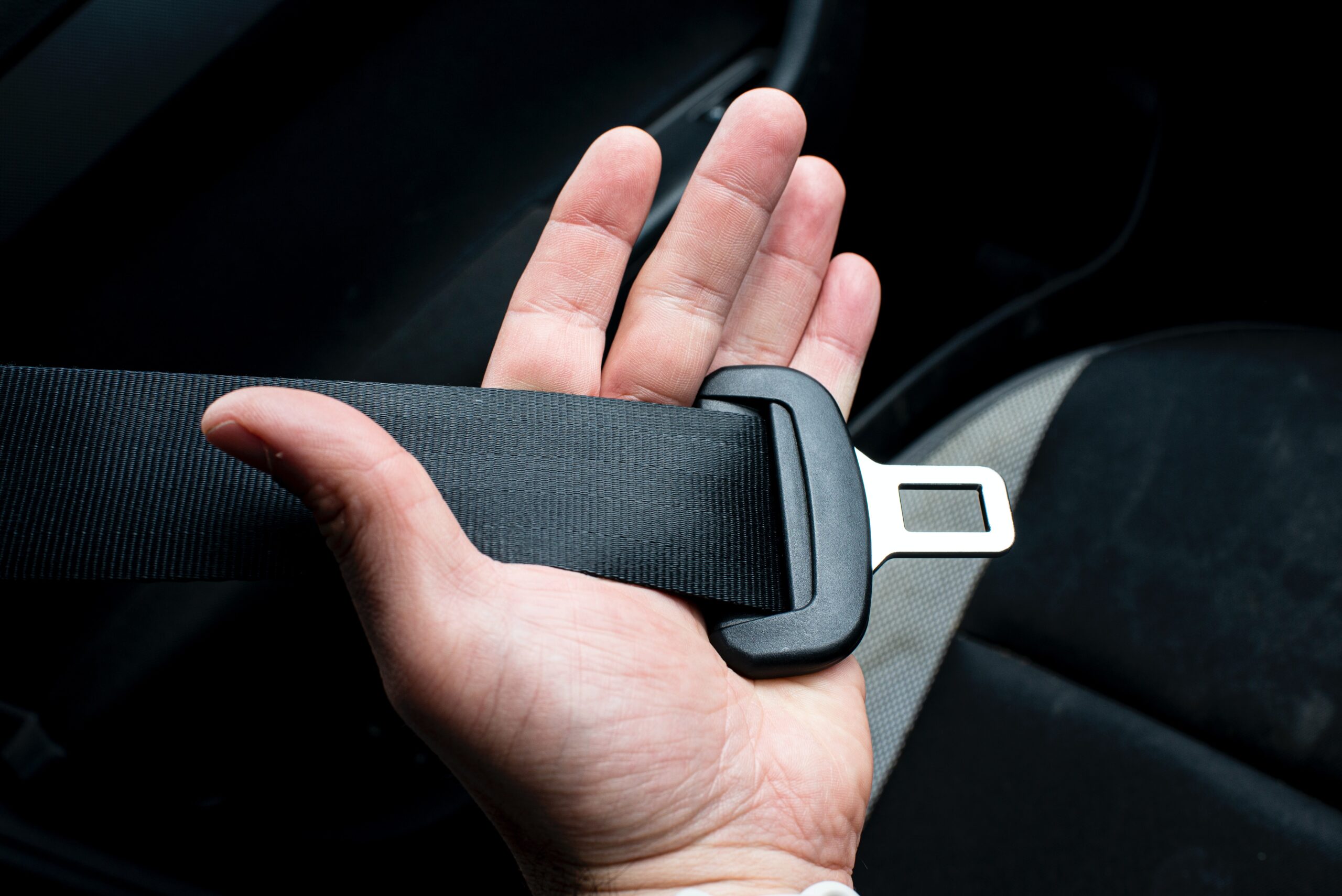Every year, 15,000 lives could be saved if everyone wore seat belts. Despite this, many people don’t buckle up on short or low-distance trips.
A lap and shoulder belt restrains the most substantial parts of your body, spreads the force of impact over a larger area, and helps your body slow down. It’s one of the most thoughtful decisions you can make regularly.
Damaged Webbing
Seat belts are high-strength materials designed to withstand incredible amounts of force. However, they are not impervious to damage and should be inspected regularly for any signs of wear or damage. If the webbing or the mechanisms are damaged, they may fail in a crash, leaving you vulnerable to severe injuries.
The seat belt webbing should not be cut or frayed in any way. Even a tiny cut can significantly reduce the strength of the webbing and decrease its ability to resist force in a collision. Check every inch of the webbing to ensure it is free from cuts and frays.
You should also pay special attention to the webbing route through the retractor mechanism and buckle. It should not be routed around anything that could cause it to rub against a sharp edge and wear away over time or against other parts of the system, such as the retractor frame or buckle.
It is crucial to ensure that the seat belt retractors and buckles are not faded or bleached due to prolonged exposure to sunlight. It is highly recommended to thoroughly inspect the bolts that hold these systems to the vehicle body for any signs of rust. If rust is detected, these bolts may not be able to withstand the significant force exerted by the seat belt webbing during a collision, which could lead to failure. In such a scenario, acquiring a seat belt buckle replacement is imperative.
Damaged Retracting Mechanism
When your seat belt retractor is damaged, it can become stuck in the locked position and cause a safety risk. Your seat belt’s mechanism is designed to lock when it detects sudden changes in vehicle speed, so this part must work properly. It may also need to reset if the seat belt gets tangled or twisted during wear, which can happen if you wear loose clothing or put your seat belt on too quickly.
If the seat belt retractor is slow to return to its original position, you might need to remove the pillar trim to get a better look at the internal components. Sometimes, a simple straightening of the seat belt can fix this issue. It is also possible that dirt and grime have collected inside the mechanism, preventing it from adequately winding the spool.
To fix this problem, spray some lubricant, such as WD-40, into the opening of the retractor. Then, apply a bit of pressure to the retraction button and test it to see if your seat belt is retracting correctly again. If not, the problem could be more profound, and you should consider taking your car to a professional mechanic. They can inspect the seat belt and retractor and replace it if necessary.
Faulty Fastening Hardware
The buckle of a seat belt is one of its most important safety features. It’s designed to firmly hold the tongue that fits into it and should be able to be fastened and unfastened with minimal effort. When a seat belt buckle is not functioning correctly, it can cause slack in the webbing, which could result in severe injury or death during a crash.
There are several ways to fix a broken seat belt buckle. You can buy a replacement buckle for your specific make and model vehicle, which you can install in just a few steps. Before you start working on your seat belt buckle, though, knowing what to look out for is essential.
Over time, it’s easy for foreign objects to become stuck inside a seat belt buckle. Items like paper clips, coins, and small toys can prevent the tongue from releasing and latching correctly, which can be dangerous for passengers.
To check for impediments:
- Carefully examine the buckle’s interior.
- If you find any objects stuck inside, pry the buckle open to remove them.
- Be careful not to damage any internal components, or you may need to replace the entire buckle assembly. If you ca unable to solve the problem with this method, you’ll need to have your seat belt buckle replaced for safety.
Damaged Anchorage
Seat belts are supposed to protect you in an accident, and when all parts, including the webbing, buckle, latch, and points where the seat belt is anchored to the vehicle, function correctly, they can save lives. But when flaws in design or manufacturing cause the buckle or anchor to fail in an accident, you could be severely injured.
Manufacturers are required to test webbing and anchors under strict standards, but the problem is that flaws can still occur during production or assembly. Webbing material may be susceptible to failure due to a defect, while anchors are prone to damage from corrosion or other sources of stress during an accident.
Whether because of false latching or inertial unlatching, a seat belt buckle that fails during an accident can cause severe injury or death to you and your passengers. If you have been injured or lost a loved one because of a defective seat belt buckle, let a knowledgeable attorney help you get compensation.
